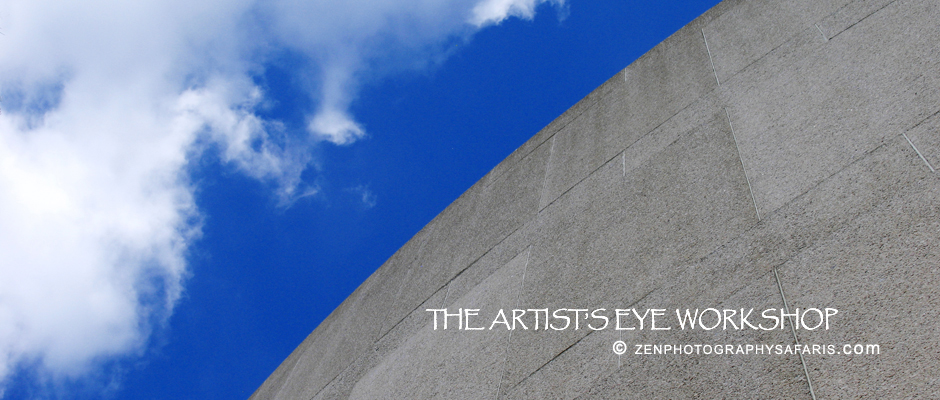Posts Tagged: Boston MA


blog post: yin + yang of exposure
A super-simplistic primer on exposure meant for individuals who are in the early stages of learning photography.
Reciprocity. noun. [res-uh-pros-i-tee]: a mutual exchange. it happens in life, and it happens in photography.
In determining exposure when you are photographing, it’s helpful if you remember to recall the principle of reciprocity: “if i take a stop from here; i must give a stop there. take two stops; give two stops, etc.” nothing earth-shattering, but beautifully balanced by making adjustments that are are merely doubled or halved.
The yin + yang symbol and what it represents is a great way to illustrate the concept of finding the balance in exposing an image. the yin + yang symbol itself, traditionally black and white, could even be used to represent 18% gray! the interconnectedness of all things is wonderful.
For now, we are going to keep this example generalized and in super-simplistic terms so you won’t become too confused. let’s keep our ISO fixed, since its adjustment is dependent on the light that surrounds us as we are photographing, whether that light is ambient or being created with our own lighting equipment. the type of camera we are using, the focal length of the lens, or whether we are using a flash or the light available to us is not going to come into play right now. instead we will concentrate on the reciprocity of our f/stops and shutter speeds bearing in mind the statement above. our hypothetical setting will be that we are creating a portrait of a person outside and we will start with the theory that we have just created a good exposure with the following settings: f/5.6 at 1/250th (of a second)… oh, and one more side note here…you are shooting in Manual, yes, the dreaded “M” setting on the camera. why? because that “P” you always shoot in? it does not stand for “Professional” it stands for “Program,” which means the camera is controlling you.
So, with f/5.6 at 1/250, you’ve managed to create a well-exposed image where everything from the highlights (lightest parts in the image) to the shadows (darkest parts in the image) are looking even – no marching ants indicating your highlights have been blown out in this image! although you are satisfied, your creativity is begging for a sharply focused individual with that painterly-blurred background that you see so often in the magazines. what to do…what to do? …i know…RECIPROCITY.
That blurry background occurs at f/2.8 or lower (in number, but in reality is a bigger lens opening [aperture] – yes, the smaller the f/stop, the bigger the lens opening – opposite, yet still reciprocal). so, in super-simplistic terms, if you’ve adjusted your f/stop from f/5.6 to f/2.8, you have effectively made the little wheel on your camera move six one-third increments to get to f/2.8, thereby increasing the opening in your lens and allowing more light to come through it. how much more light? we don’t need to get into that for now, just know it’s more light and count the times your wheel clicked to get you to f/2.8. now, if you were to leave your shutter speed at 1/250, what do you suspect would happen? take a guess here…would your images still be properly exposed? underexposed (too dark)? or overexposed (too light)?…you are correct; it would be overexposed because you are allowing more light into the camera with a larger lens opening (aperture). so, it stands to reason then, that you have to dial the the shutter from 1/250 to 1/1000, again moving the wheel that adjust the shutter speed six times to make the adjustment that will effectively reduce the amount of light you are allowing into the camera by making the shutter speed faster. and, VIOLA! there again, is your properly exposed image, but now it has a pleasantly blurred background with a subject that is in focus. Believe me, those are very simplistic terms and they can change dependent on the lens you use, but for now do yourself a favor and experiment so you can use your camera on the “M” setting which will give you more control over the camera, rather than letting it control you.
Make sense? let me hear from you. again, there is a lot more to adjusting f/stops and shutter speeds than this brief explanation, but we’ll leave the brain-expansion for those of you who want to really delve into the depths of this conversation, let’s open a bottle of wine at a Zen Workshop or Retreat and have a go at it, shall we?
Namaste, Team Zen | Joanne Bartone
